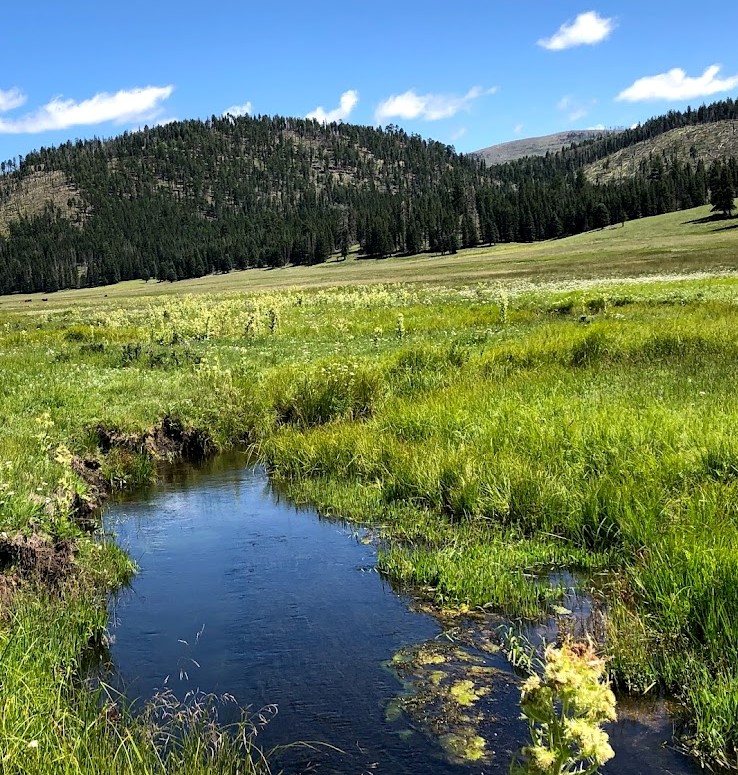Three large meteors that hit and damaged the earth – are there more to come?
I watched a Nova film on PBS recently about a meteor that struck the earth near a small town in Siberia. It was a gripping story called “Meteor Strike” and scientists had a wealth of data to plot the trajectory and calculate the velocity and size of the meteor.
What is a meteor?
A meteor is a chunk of rock or iron, or a mix of the two, that is smaller than an asteroid, but larger than meteorites that are pebble-sized. They come from the asteroid belt which contains billions of chunks of all shapes and sizes lying between Mars and Jupiter.
Generally moving faster than 45,000 mph, the air friction ignites the meteor into a burning fireball, that usually breaks into small fragments before it hits the earth in an explosion that can still cause a lot of damage to trees and buildings and people.
About 15,000 metric tons of meteor material enter the earth’s atmosphere every year.
The most famous asteroid is the one that landed in the Yucatan peninsula of Mexico about 65 million years ago and wiped out the dinosaurs and many other species. It was about 6 miles wide. But that’s another story.
Chelyabinsk meteor.
In February 2013, this meteor, about 20 meters (20 yards) across, exploded just before it hit the earth and the resulting shock wave injured 1,000 people as well as cars and buildings.
The increasing air pressure at lower altitudes acts like a brick wall, breaking the meteor apart. Later, scientists found small meteorites hidden in the snow.
There were so many car-crash cameras that witnessed the meteor trail that scientists were able to map the trajectory and calculate the speed of the meteor as 12 miles/sec.
This “small” meteor would have wiped out Washington, D.C.
Tunguska meteor.
This meteor hit in 2008 in Siberia. Maybe 80 million trees were flattened like matchsticks over a forested area of 830 square miles.
The meteor size is estimated to be 50-60 meters across. Its speed was 17 miles/sec.
No crater was found and the scientists think the meteor disintegrated 3-6 miles above the earth. Tunguska is the largest meteor explosion in human-recorded history.
Tunguska-sized meteors are predicted to occur about once every 1,000 years.
Sodom meteor.
Dr Steven Collins, an Albuquerque archeologist, has discovered the Sodom of the Bible.
In a book called Discovering the City of Sodom, the whole gripping story is outlined.
Sodom flourished for 2,500 years, until the abrupt destruction recorded in the Bible. It was destroyed between 1750 and 1650 B.C.
Sodom was ten times larger than Jerusalem or Jericho. The city was surrounded by a wall of mud bricks, about 50 yards thick.
The inhabitants made flatbread much like tortillas.
Collins found an unusually thick layer of destruction with collapsed walls, broken mud-bricks, burnt debris, and skeletal remains, all inside a one-meter layer of ash.
A piece of pottery (sherd) revealed a thin layer of glaze just 1/8 of an inch thick. The glazing (firing) of pottery was not a technique that the Sodomites used. This was glazing caused by red-heat at 8,000 degrees for only one millisecond (i.e. a shock wave from the meteor explosion).
One artifact looked like trinitite, the name for melted and fused sand caused by the first atom bomb exploded at Trinity site just a couple hours south of Albuquerque in New Mexico.
Collins thinks the source of destruction was a meteor, similar to the Tunguska meteor. It left no crater but the radius of destruction around Sodom was about 12 miles.
Will any other meteors strike the earth?
Scientists are looking. They have ruled out any asteroids (really big meteors) hitting the earth, but have not completely ruled out smaller meteors, including ones that could wipe out a large city.
They are also studying ways of preventing such a disaster. First, they could blast a meteor with a large metal ball that would disintegrate the meteor (but the remaining pieces could still hit and damage the earth).
Second, they could hit it with a smaller metal ball that would not explode the meteor but would dislodge it from its orbit so that it would miss the earth.
++++++++++++++++++++++++++++++++
BLOG TOPICS: I write in-depth blogs about a mix of topics: Science and Energy, and Inspiration and Hope, and Health and Hiking.
+++++++++++++++++++++++++++++++++++++++++++++
The Gray Nomad ….. Science is from God … how else could it be? [Oral Roberts]
++++++++++++++++++++++++++++++++++++++++++++++++
Then the Lord rained on Sodom and on Gomorrah brimstone and fire from the Lord out of the heavens. He overthrew, destroyed and ended those cities, and all the inhabitants of the cities, and what grew on the ground. [Book of Genesis, chapter 19.]
Discover more from Ian Dexter Palmer Ph.D
Subscribe to get the latest posts sent to your email.





Ian thinks again for another interesting blog post. I found Dr Collin’s discovery of the city of Sodom, and it’s destruction likely caused by meteor interesting and believable.